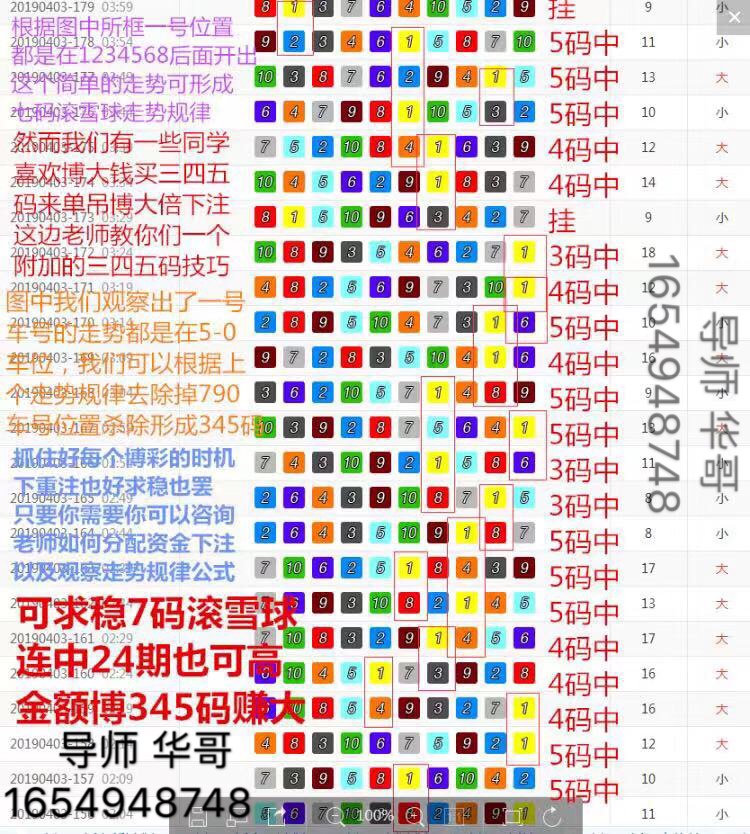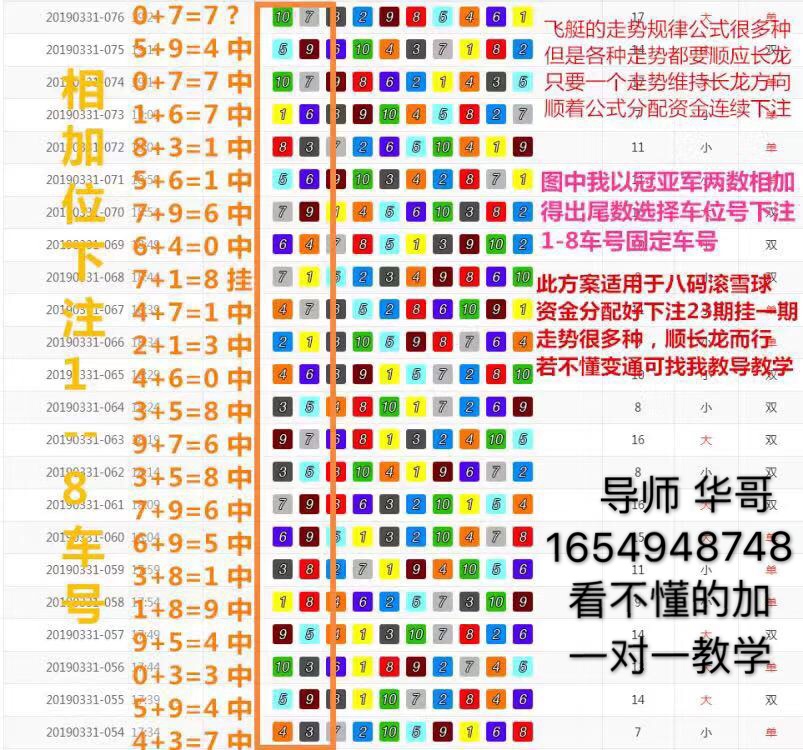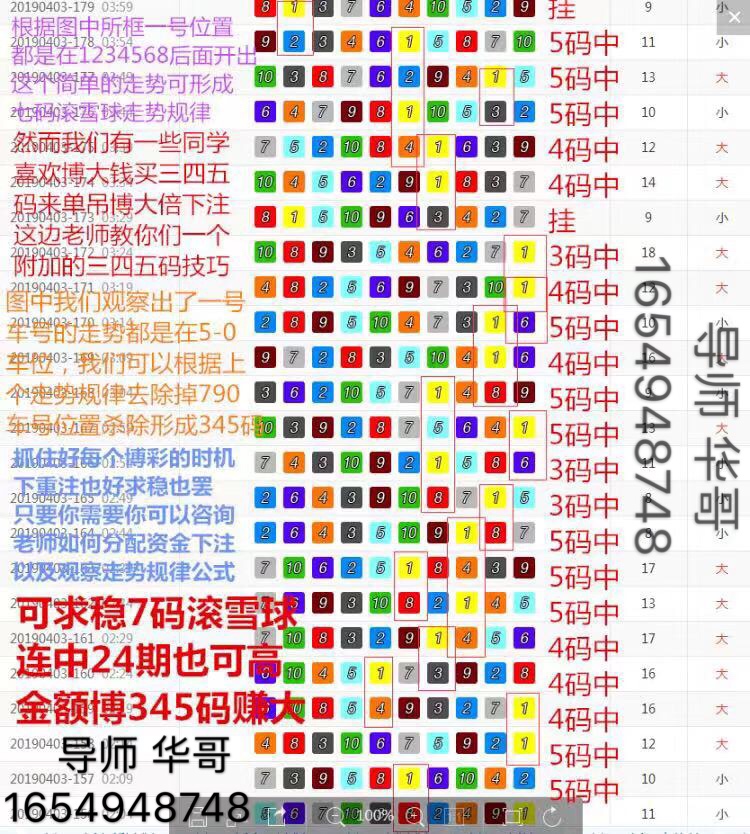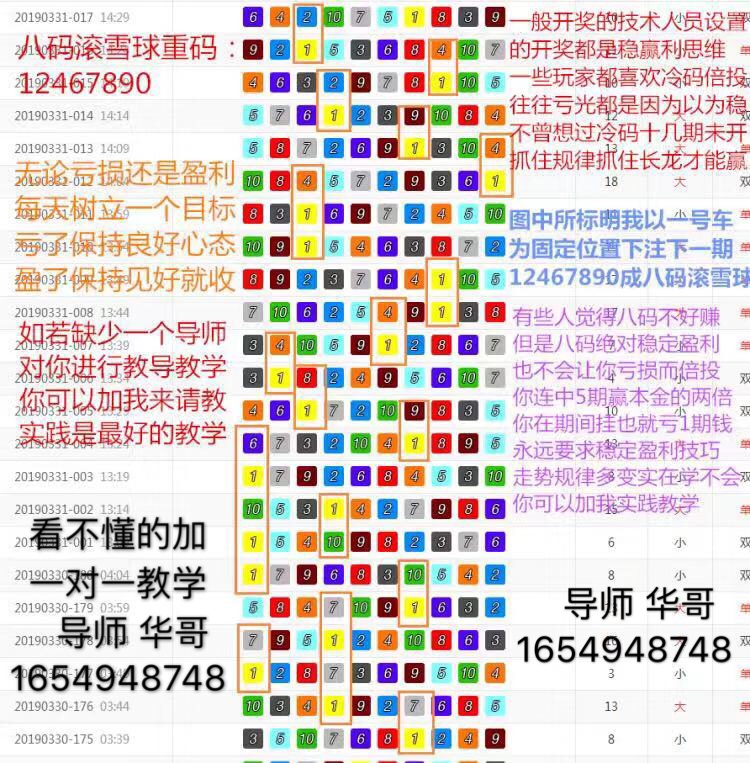IFreeSql fsql =2904628156 new FreeSql.FreeSqlBuilder()
.UseConnectionString(FreeSql.DataType.MySql, "Data Source=127.0.0.1;Port=3306;User ID=root;Password=root;Initial Catalog=cccddd;Charset=utf8;SslMode=none;Max pool size=10")
.Build();
[Table(Name = "tb_topic")]
class Topic {
[Column(IsIdentity = true, IsPrimary = true)]
public int Id { get; set; }
public int Clicks { get; set; }
public int TestTypeInfoGuid { get; set; }
public string Title { get; set; }
public DateTime CreateTime { get; set; }
}
ISelect<Topic> select => fsql.Select<Topic>();
分组聚合
var groupby = fsql.Select<Topic>()
.GroupBy(a => new { tt2 = a.Title.Substring(0, 2), mod4 = a.Id % 4 })
.Having(a => a.Count() > 0 && a.Avg(a.Key.mod4) > 0 && a.Max(a.Key.mod4) > 0)
.Having(a => a.Count() < 300 || a.Avg(a.Key.mod4) < 100)
.OrderBy(a => a.Key.tt2)
.OrderByDescending(a => a.Count())
.ToList(a => new { a.Key.tt2, cou1 = a.Count(), arg1 = a.Avg(a.Key.mod4) });
//SELECT substr(a.`Title`, 1, 2) as1, count(1) as2, avg((a.`Id` % 4)) as3
//FROM `xxx` a
//GROUP BY substr(a.`Title`, 1, 2), (a.`Id` % 4)
//HAVING (count(1) > 0 AND avg((a.`Id` % 4)) > 0 AND max((a.`Id` % 4)) > 0) AND (count(1) < 300 OR avg((a.`Id` % 4)) < 100)
//ORDER BY substr(a.`Title`, 1, 2), count(1) DESC
API
| 方法 | 返回值 | 参数 | 描述 |
|---|---|---|---|
| ToSql | string | 返回即将执行的SQL语句 | |
| ToList<T> | List<T> | Lambda | 执行SQL查询,返回指定字段的记录,记录不存在时返回 Count 为 0 的列表 |
| ToList<T> | List<T> | string field | 执行SQL查询,返回 field 指定字段的记录,并以元组或基础类型(int,string,long)接收,记录不存在时返回 Count 为 0 的列表 |
| Sum | T | Lambda | 指定一个列求和 |
| Min | T | Lambda | 指定一个列求最小值 |
| Max | T | Lambda | 指定一个列求最大值 |
| Avg | T | Lambda | 指定一个列求平均值 |
| 【分组】 | |||
| GroupBy | <this> | Lambda | 按选择的列分组,GroupBy(a => a.Name) |
| GroupBy | <this> | string, parms | 按原生sql语法分组,GroupBy("concat(name, ?cc)", new { cc = 1 }) |
| Having | <this> | string, parms | 按原生sql语法聚合条件过滤,Having("count(name) = ?cc", new { cc = 1 }) |
| 【成员】 | |||
| Key | 返回 GroupBy 选择的对象 | ||
| Value | 返回主表 或 From<T2,T3....> 的字段选择器 |
系列文章导航
-
(二十三)分组、聚合



















